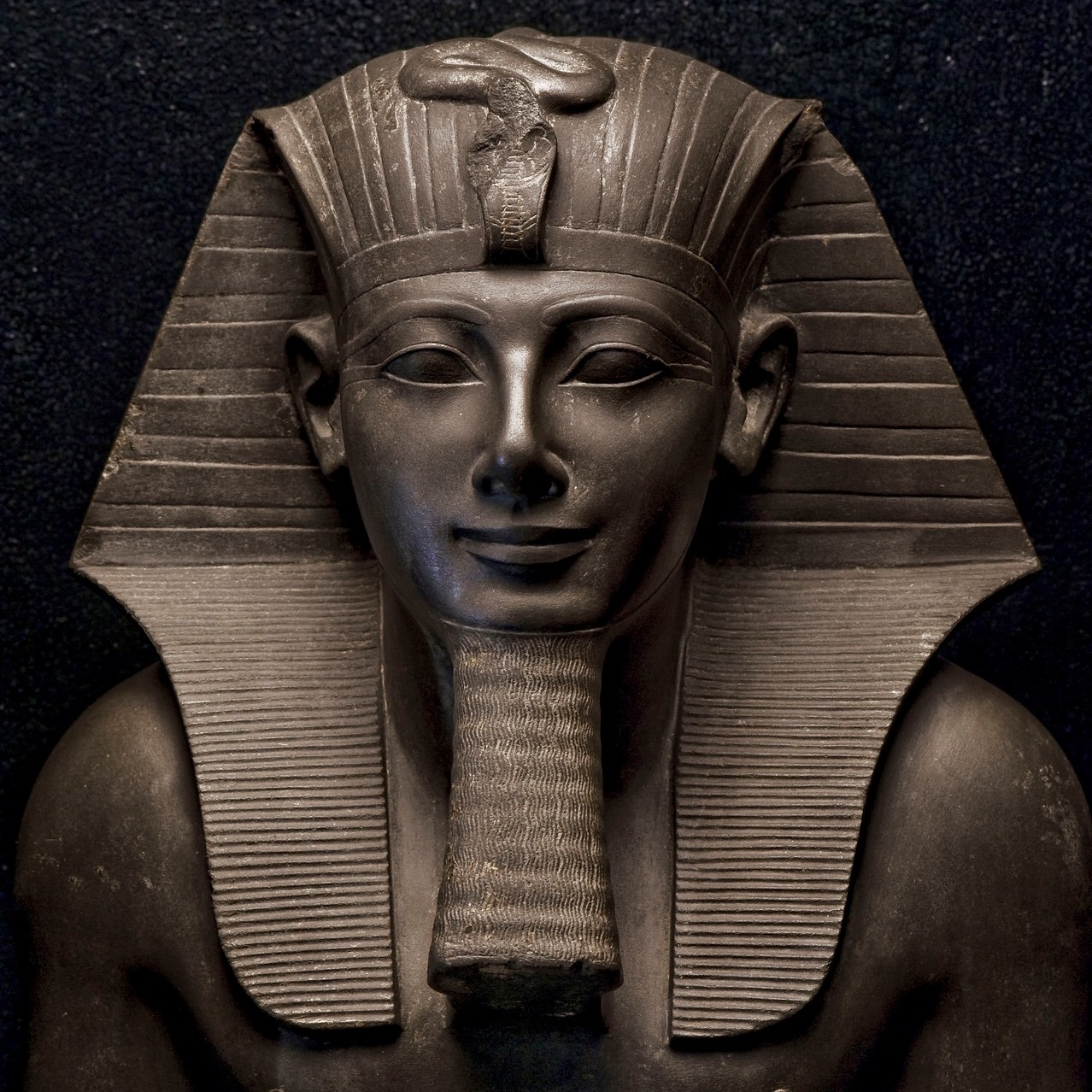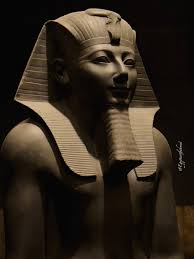Thutmosis III, often hailed as one of ancient Egypt’s greatest pharaohs, left an indelible mark on history with his military conquests and administrative reforms. Known for his strategic brilliance and military prowess, Thutmosis III ascended to the throne during the New Kingdom period, steering Egypt towards unprecedented heights of power and prosperity. This article delves into the life and legacy of Thutmosis III, shedding light on his remarkable achievements and enduring impact on Egyptian history.
Rise to Power: Thutmosis III’s journey to the throne was marked by political intrigue and dynastic maneuvering. Born to Thutmosis II and his wife, Queen Hatshepsut, Thutmosis III initially served as a co-regent alongside his stepmother. However, upon her death, he assumed full control of the kingdom and embarked on a transformative reign that would shape the course of Egyptian history. Despite facing challenges to his authority early on, Thutmosis III proved himself to be a formidable leader, consolidating his power and embarking on ambitious military campaigns to expand Egypt’s borders.

Military Campaigns and Conquests: Thutmosis III is best remembered for his military campaigns, which cemented his reputation as Egypt’s warrior pharaoh. With a keen strategic mind and a well-disciplined army at his command, he launched numerous successful campaigns across the Levant and into the heart of Mesopotamia. The Battle of Megiddo, in particular, stands as one of his most significant victories, where he decisively defeated a coalition of Canaanite and Amorite forces. His military campaigns not only expanded Egypt’s territorial holdings but also secured crucial trade routes and access to valuable resources, fueling the kingdom’s economic prosperity.
Administrative Reforms: Beyond his military conquests, Thutmosis III is credited with implementing sweeping administrative reforms that revitalized Egypt’s bureaucracy and governance systems. He established a centralized administration that streamlined tax collection, improved infrastructure, and fostered economic development. His reign saw the construction of monumental structures, including temples and obelisks, which served as symbols of royal power and devotion to the gods. Under his rule, Egypt experienced a period of cultural flourishing and prosperity, with advancements in art, literature, and architecture.

Legacy and Impact: The reign of Thutmosis III left an enduring legacy that resonated throughout Egyptian history. His military conquests expanded Egypt’s influence and secured its position as a dominant regional power in the ancient world. His administrative reforms laid the groundwork for stable governance and economic prosperity, fostering a period of growth and cultural advancement. Thutmosis III‘s legacy as Egypt’s warrior pharaoh continues to captivate historians and scholars, offering insights into the dynamics of power and leadership in ancient Egypt. His contributions to art, architecture, and governance endure as testaments to his enduring impact on Egyptian civilization.


